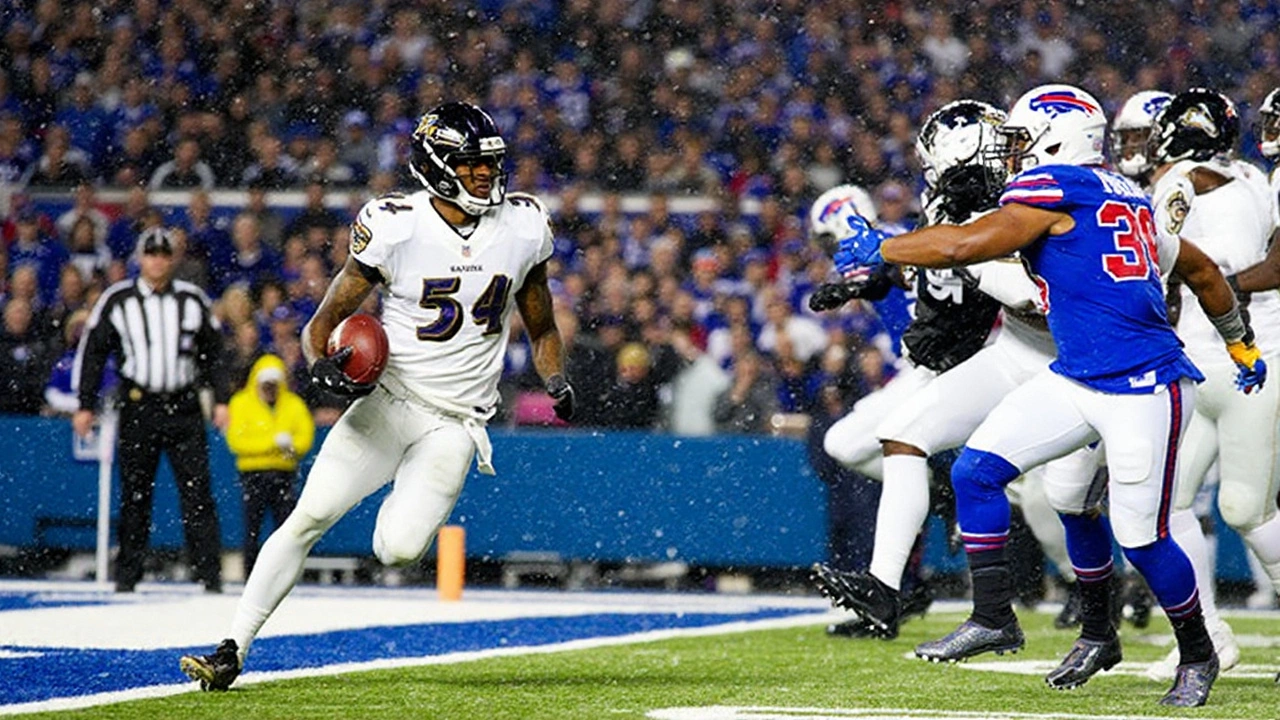Final Score Prediction – Tools, Techniques & Real‑World Examples
When it comes to final score prediction, the practice of estimating the exact result of a sporting event using data, trends, and expert judgment. Also known as score forecasting, it sits at the crossroads of sports analytics, systematic analysis of player and team performance metrics and betting odds, probability‑based pricing set by bookmakers. This blend lets enthusiasts turn raw numbers into actionable insights. final score prediction encompasses statistical modeling, feeds into sports betting, and helps fans anticipate outcomes.
One of the core engines behind accurate forecasts is statistical modeling, the use of mathematical formulas and algorithms to turn historical data into probability scores. The model’s attributes include data sources (past results, player fitness, weather), algorithm type (regression, Monte Carlo, machine learning), and confidence intervals. When you feed a model with detailed performance metrics, the output becomes a probability distribution that can be compared with bookmaker odds. In practice, statistical modeling requires robust historical data and continuous validation to stay reliable.
Betting odds are more than just numbers on a screen; they reflect collective market wisdom and influence final score prediction. Oddsmakers consider team form, injuries, venue, and even fan sentiment to set a price. These odds then become a feature in many predictive algorithms, helping to calibrate model outputs against real‑world expectations. The relationship is simple: betting odds inform statistical models, and refined models can spot mispriced odds, creating opportunities for savvy bettors.
Our collection showcases how these ideas play out across sports. In Formula 1, experts used lap‑time trends and qualifying performance to predict George Russell’s win at Singapore. Golf analysts combined world rankings, course history, and odds to explain Team USA’s 10th straight Presidents Cup triumph. The WNBA’s new playoff format sparked a wave of simulations that matched seedings to likely finals outcomes. Even cycling debates—like why doping still haunts the sport—rely on statistical reviews of performance data. Each story illustrates the same pattern: data + analysis = forecast.
Below you’ll find a curated set of articles that break down techniques, share real‑world case studies, and offer actionable tips for anyone looking to sharpen their prediction skills. Whether you’re a casual fan, a budding data analyst, or a seasoned bettor, the posts provide concrete examples of how to turn numbers into reliable score forecasts. Dive in and see how the concepts connect to the events you follow.
